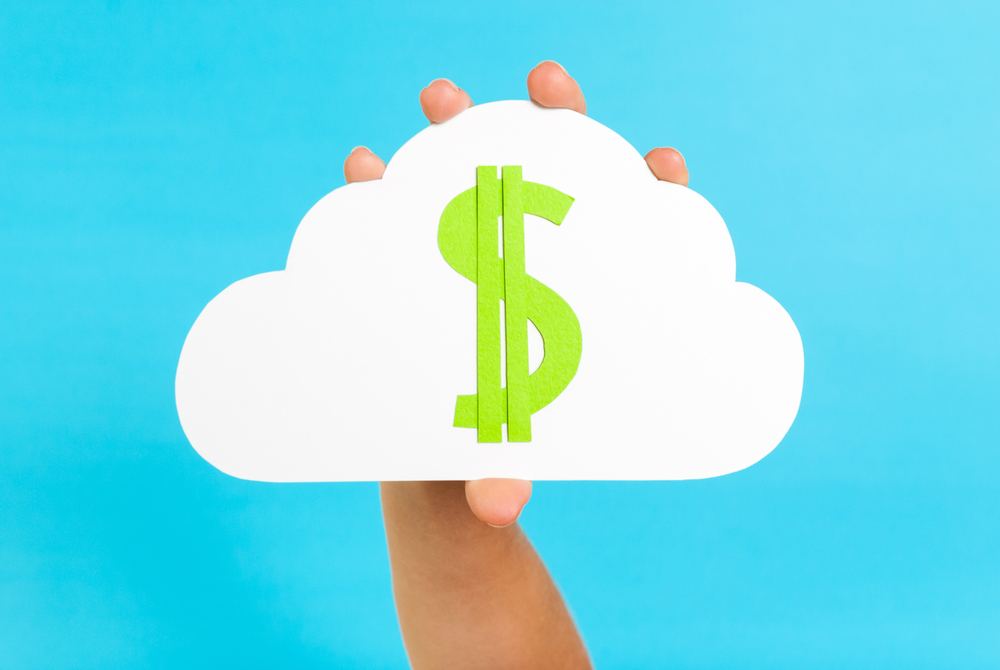
In a simpler world, optimizing your cloud spending would be as easy as deploying a FinOps tool, receiving recommendations to reduce costs and acting upon them.
Cloud cost optimization is much more complicated in the real world. Although FinOps tools provide useful data and insights that may serve as a starting-point for discussions about managing cloud costs, FinOps software on its own is only one of the many ingredients that go into effective cloud cost optimization.
Allow me to explain by discussing what FinOps can do, and which gaps you need to fill in to get real value out of FinOps tools.
What are FinOps tools, and what can they do?
When I talk about FinOps tools, I’m referring to any software that automatically assesses cloud environments and configurations, then generates insights or recommendations designed to help businesses reduce their spending. AWS Compute Optimizer and GCP Recommender are examples of FinOps tools from major cloud providers, and you can also find various third-party FinOps solutions on the market.
Most FinOps tools work by collecting and analyzing data about your cloud spending, as well as your workload performance. Then, they highlight opportunities to reduce costs without compromising on performance, or to improve performance without increasing costs. For example, if a FinOps tool detects that a workload hosted on an EC2 instance never consumes more than 50 percent of the total compute and memory resources allocated to that instance, it would likely recommend switching to a more cost-effective instance type – one that delivers the same workload performance at a lower cost – because the workload probably doesn’t need all of the resources available to it through the current instance.
Where FinOps tools fall short
Again, these types of insights are useful starting-points for identifying ways to save money in the cloud. But they’re hardly the be-all, end-all of cloud cost optimization, because there are many important tasks related to optimizing cloud spending that FinOps tools simply can’t address.
Let’s look at those gaps in FinOps tools one-by-one.
- Workload architecture
FinOps software can analyze performance metrics from your workloads, but that’s not the same as knowing how the workloads are configured internally and whether there are opportunities for optimizing that configuration.
For example, your FinOps software might be able to monitor how much CPU a VM is consuming. But most FinOps tools have no way of knowing whether the workload hosted on the VM could alternatively be deployed using containers on a Kubernetes cluster that you already have running in the cloud. In general, FinOps tools can only recommend alternative configurations for running a workload on the same category of service, not making a change that would require switching to a new type of workload architecture.
- Governance rules
In some cases, you might be running workloads in a sub-optimal way from a cost perspective due to governance rules that exist within your business, but which your FinOps tools have no way of understanding.
Maybe you need to use a certain cloud region or availability zone for compliance reasons, for example, even though it costs more than choosing a different configuration. Or, maybe you do blue-green deployments as part of a company policy, which leads to some redundancy in your infrastructure because you have to operate multiple hosting environments simultaneously. These are critical considerations that affect cloud spending, but your FinOps software can’t factor them in when it makes recommendations. The result is automated cost-savings suggestions that don’t make sense in many cases for your business.
- Changing business plans
Along similar lines, FinOps tools have no way of knowing what’s coming next in your business, or how changing imperatives may impact cloud spending.
For example, perhaps you are currently overspending on hosting for a particular workload, but your developers will soon be pushing out a major update to that workload that will make the hosting configuration more cost-effective. Here again, without this important context, the recommendations that FinOps tools make are of little value.
- Business processes
To a large extent, the amount of money you spend in the cloud hinges not on how your workloads are configured or which technologies you use to host them, but on the operational processes that your business deploys to manage them.
As a basic example, take tagging, which means labeling cloud resources so that they are easy to track and monitor. Tagging is a very basic best practice that plays a central role in cost management by helping businesses to understand the purpose of different workloads. If you’re not labeling workloads systematically, or if the tags you choose are difficult to interpret, you’re probably overspending due to a lack of visibility into your workload status.
Unfortunately, FinOps tools have no way of knowing whether your business’s tagging policy is appropriate for your needs. It’s not something they are designed to understand. They could tell you whether or not you’re using tags at all, but not much beyond that.
- Human relationships
Perhaps the area where FinOps tools fall the shortest of all is in interpreting the complexities of human relationships and understanding how they impact a business’s ability to cut cloud costs.
Cost optimization bridges the domains of finance and engineering and requires support from multiple stakeholders. Automated cost-savings recommendations are not very useful if the teams that are trying to act on them lack support from the C-suite for their cost optimization initiative, for example, or if engineers see cost-optimization as a pointless exercise that gets in the way of their work.
Navigating these relationship nuances – and making sure that all stakeholders buy into cost optimization – is not something FinOps tools can do. Only humans with extensive experience in bridging the gaps between technology and people can handle this work.
FinOps Tools are a means toward an end, not the end
In short, FinOps tools are one critical resource for helping to optimize cloud spending. But because they lack the ability to understand crucial context about workload configurations, business imperatives and human relationships and behavior, FinOps software is only part of the puzzle. You also need the right people and processes to support your FinOps initiatives if you want to achieve real value.

Willy Sennott is the EVP of FinOps at Vega Cloud. He has 25+ years’ experience in financial, marketing and business analytics data, helping clients and companies drive revenue growth, improve cost efficiencies, and effectively allocate capital. At Vega Cloud, Sennott leads the FinOps practice and helps drive overall company strategy and product roadmap.



